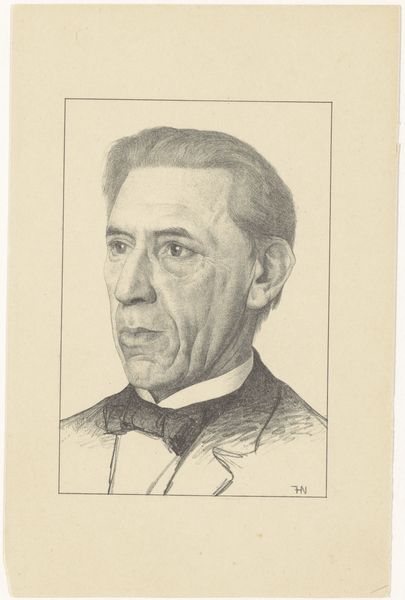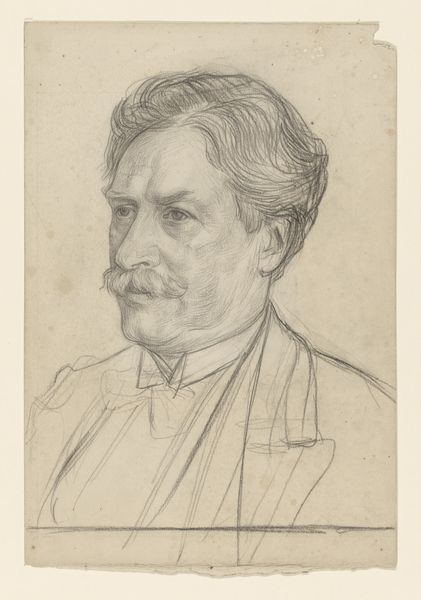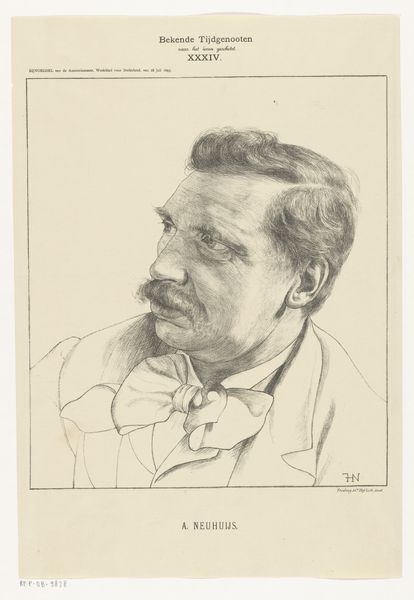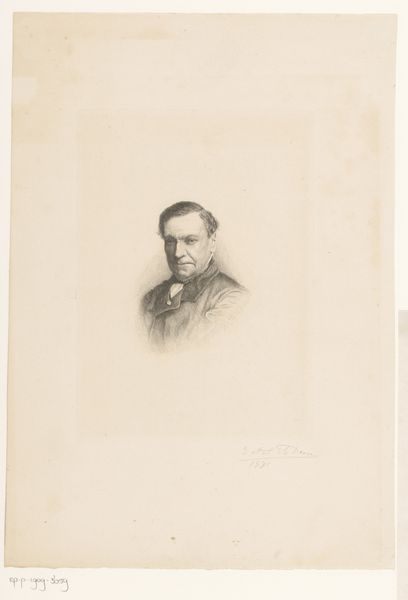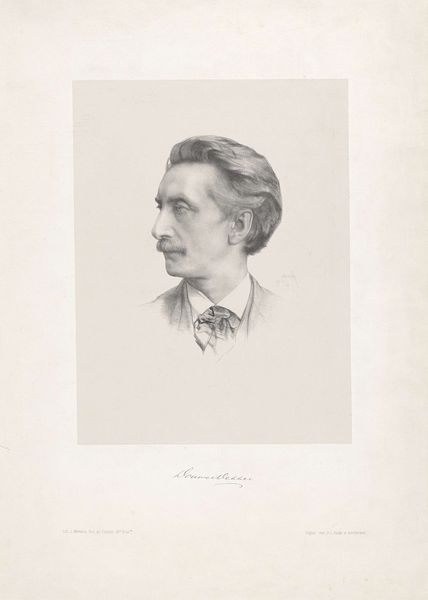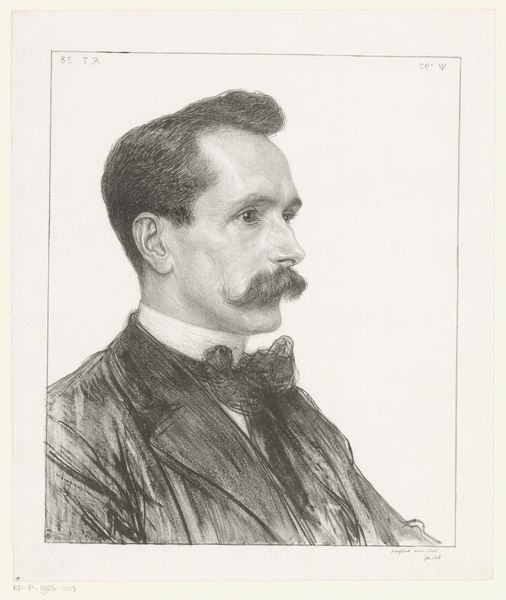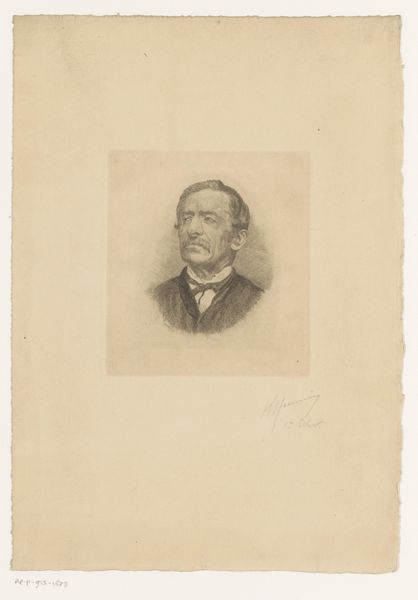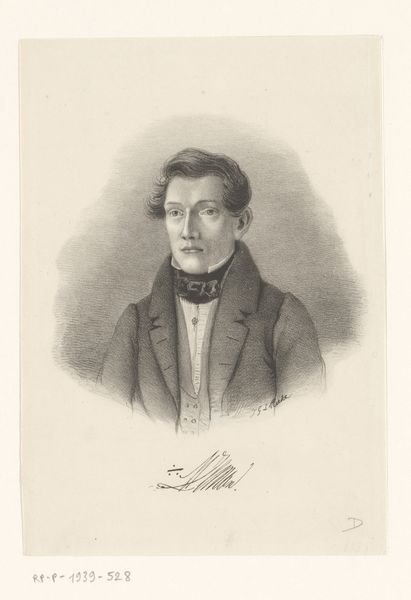
drawing, pencil
#
portrait
#
drawing
#
pencil sketch
#
caricature
#
pencil drawing
#
pencil
#
portrait drawing
#
academic-art
#
portrait art
#
realism
Dimensions: height 523 mm, width 366 mm
Copyright: Rijks Museum: Open Domain
Editor: Here we have Jan Veth's 1894 pencil portrait of Herman Snellen, currently residing at the Rijksmuseum. I'm immediately struck by its formal nature. What can you tell me about this drawing? Curator: Let's consider the labor and social context of this "simple" pencil drawing. Veth, while trained in academic portraiture, employs pencil – traditionally seen as a preparatory medium, less valued than paint or sculpture. Why elevate pencil for a formal portrait? Was it cheaper? Faster? Consider Snellen's profession and status; a formal oil painting might signify the wealthy elite, while a drawing suggests something different about both the subject and the artist's agenda. Editor: So, the material itself implies a specific meaning and perhaps critiques the typical portrayal of elite society? Curator: Precisely. The very choice of pencil, its ease of use, and its reproducibility challenge the preciousness associated with traditional portraiture. Who had access to pencils and paper at this time, and what kind of labor went into manufacturing these materials? This connects the portrait to the growing industrialization of art materials in the late 19th century. Editor: It is fascinating how a material as simple as pencil opens up this discussion of class and industry. I had only focused on the final appearance. Curator: The surface is often deceptive. By digging into the materials and processes, we uncover a deeper understanding of the artwork's historical and social significance. Even the paper quality speaks volumes about access and value. Editor: That gives me a lot to think about! Thanks for your time! Curator: Likewise!
Comments
No comments
Be the first to comment and join the conversation on the ultimate creative platform.
